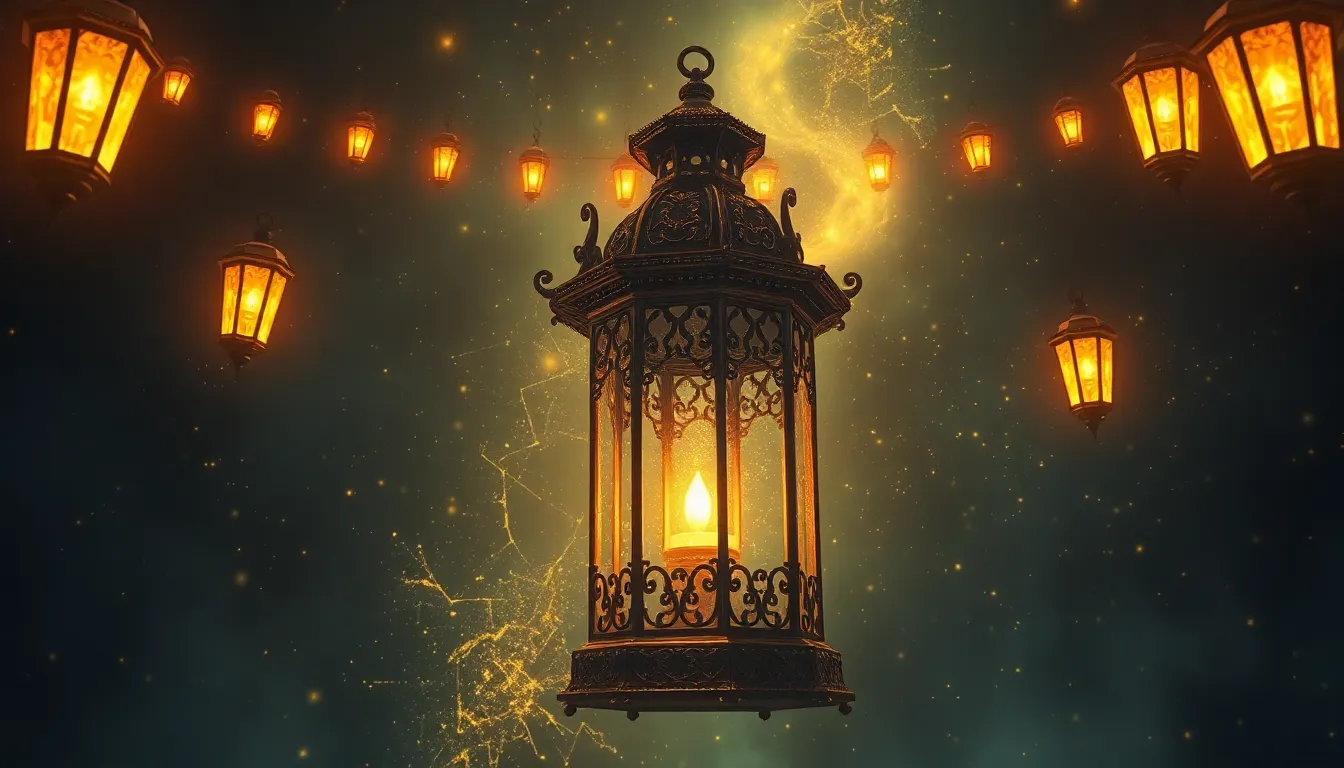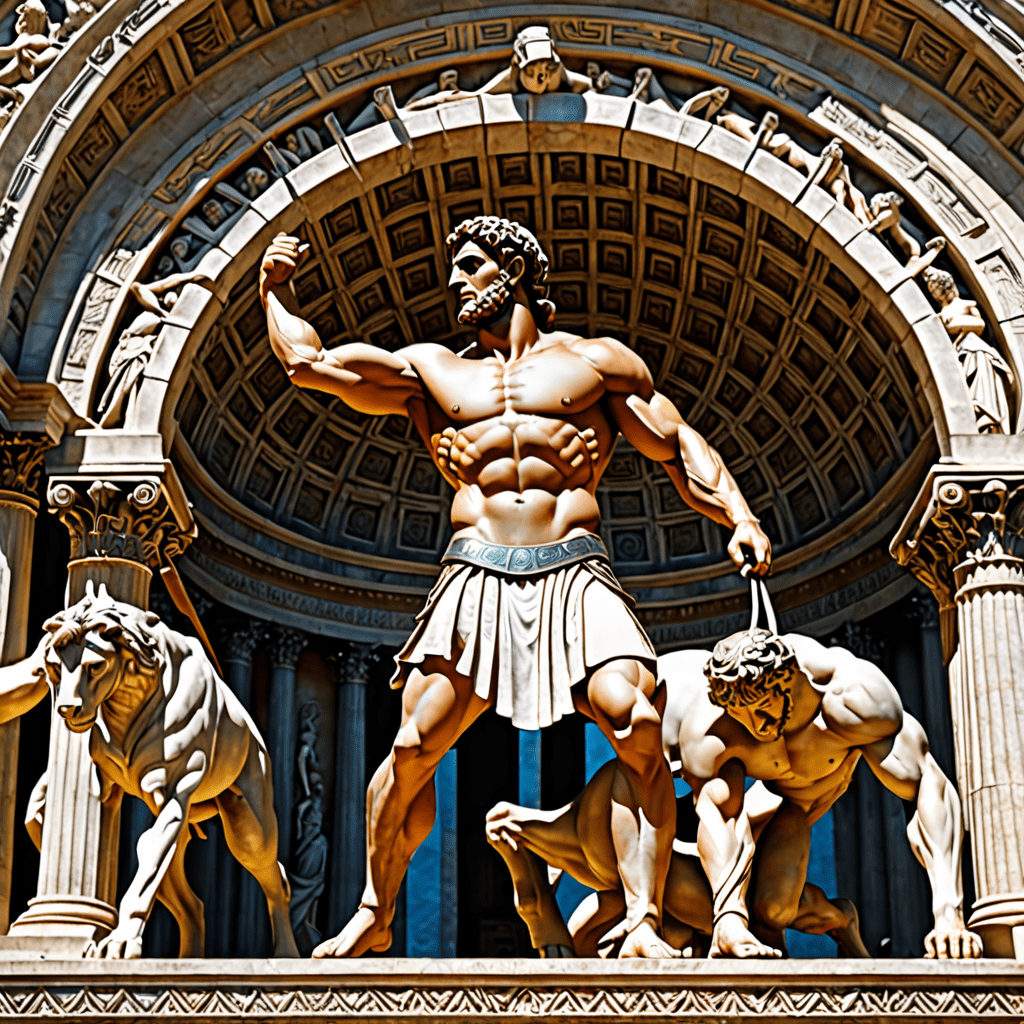The Tree of the Phoenix: Myths of Rebirth and Renewal
I. Introduction to the Tree of the Phoenix
The Tree of the Phoenix is a powerful symbol interwoven through various cultures, embodying themes of rebirth and renewal. It represents not only the cyclical nature of life but also the hope that emerges from destruction. The significance of the Tree of the Phoenix transcends geographic boundaries, resonating with diverse cultures that have crafted their own narratives around this myth.
In this article, we will explore the origins of the Phoenix myth, its symbolism, its representation across cultures, and its relevance in both historical and contemporary contexts. Through this exploration, we aim to uncover the enduring legacy of the Tree of the Phoenix and its implications for humanity today.
II. Historical Origins of the Phoenix Myth
The myth of the Phoenix has its roots in ancient civilizations, where it has been depicted in various forms. Understanding these origins helps us appreciate the depth and richness of the myth.
A. Ancient Egyptian roots and the Bennu bird
In ancient Egyptian mythology, the Bennu bird is often considered a precursor to the Phoenix. The Bennu was associated with the sun, creation, and rebirth, often depicted as a heron. Its cyclical nature was represented through its rebirth from ashes, linking it strongly to solar and life-giving themes.
B. Greek mythology and the tale of the Phoenix
Greek mythology presents the most recognized version of the Phoenix. According to the myths, the Phoenix would live for several hundred years before building a nest of aromatic wood, which it would then ignite. After being consumed by flames, a new Phoenix would arise from the ashes, symbolizing eternal life and renewal.
C. Comparative analysis of similar myths in other cultures
- Persian Mythology: The Simurgh is a mythical bird that also symbolizes resurrection and renewal.
- Indian Mythology: The Garuda, a divine bird, embodies themes of protection and rebirth.
- Japanese Mythology: The Houou is a mythical bird that brings happiness and prosperity, often linked to the Phoenix.
III. Symbolism of the Tree of the Phoenix
The Tree of the Phoenix serves as a poignant metaphor for life cycles, symbolizing growth, decay, and rebirth. Its imagery evokes a sense of hope and resilience in the face of adversity.
A. The tree as a metaphor for life cycles
The Tree of the Phoenix illustrates the process of regeneration, where the old must die for new life to flourish. This cyclical pattern is mirrored in nature, where seasons change, and ecosystems evolve.
B. Connections to nature and the environment
The Tree of the Phoenix connects deeply to environmental themes, emphasizing the importance of sustainability and harmony with nature. It reminds us that destruction can lead to renewal and growth.
C. The tree in art and literature
Throughout history, the Tree of the Phoenix has inspired countless works of art and literature, serving as a symbol of hope and rebirth. Artists and writers have often drawn on its imagery to convey messages of resilience and transformation.
IV. The Phoenix in Different Cultures
The concept of the Phoenix is not limited to Western mythology; it spans various cultures, each adding its unique interpretation to the myth.
A. The Chinese Fenghuang and its implications
In Chinese mythology, the Fenghuang is a bird that symbolizes harmony and virtue. Unlike the Phoenix, the Fenghuang represents both male and female energies, embodying balance and renewal in life.
B. Native American interpretations of the Phoenix
Certain Native American tribes view the Phoenix as a symbol of renewal, often linking it to the cycles of nature and the spirit world. The imagery of the bird rising from ashes resonates with their understanding of life and death.
C. The Phoenix in modern spirituality and religions
In contemporary spirituality, the Phoenix symbolizes personal transformation and spiritual awakening. Many people refer to the Phoenix as a guide during periods of change, inspiring them to embrace new beginnings.
V. The Cycle of Death and Rebirth
The myth of the Phoenix encapsulates a profound cycle that resonates with human experiences of loss and renewal.
A. Explanation of the mythological cycle
The cycle of death and rebirth is central to the Phoenix myth, emphasizing that endings are often precursors to new beginnings. This cycle encourages individuals to embrace change, even when it is painful.
B. Psychological interpretations of death and renewal
From a psychological perspective, the cycle of rebirth is often associated with personal growth and transformation. Facing challenges can lead to a stronger sense of self and a renewed purpose in life.
C. The relevance of this cycle in contemporary life
In modern society, the themes of the Phoenix myth are relevant as individuals navigate personal and societal changes. The idea that one can rise from adversity is a powerful motivator for many.
VI. The Tree of the Phoenix in Literature and Art
The Tree of the Phoenix has found its way into various literary and artistic expressions, often symbolizing hope and renewal.
A. Notable literary works featuring the tree
- “The Phoenix and the Turtle” by William Shakespeare: A poem reflecting on the themes of love and unity.
- “The Alchemist” by Paulo Coelho: Incorporates themes of personal transformation and following one’s path.
B. Artistic representations throughout history
Artists have depicted the Tree of the Phoenix in various forms, from paintings to sculptures, often using vibrant colors and dynamic forms to evoke the idea of transformation.
C. Modern adaptations and reinterpretations
In contemporary art and literature, the Tree of the Phoenix continues to inspire adaptations that reflect modern themes of resilience and hope. Artists use this symbol to comment on social issues and personal struggles.
VII. The Role of Fire in the Phoenix Myth
Fire plays a crucial role in the mythology of the Phoenix, representing both destruction and creation.
A. The symbolism of fire in transformation
Fire is a dual symbol in the Phoenix myth; it represents the end of one phase and the beginning of another. It is through fire that the old is transformed into the new.
B. Fire as a destructive and creative force
While fire can destroy, it also fosters new life by clearing the way for regeneration. This duality reflects the complexities of life experiences.
C. Cultural rituals involving fire and renewal
Many cultures have rituals that incorporate fire as a means of purification and renewal. Examples include:
- Hindu rituals of Holi, where fire symbolizes the victory of good over evil.
- Native American fire ceremonies that celebrate renewal and connection to the earth.
VIII. The Tree of the Phoenix in Popular Culture
The Tree of the Phoenix has permeated popular culture, appearing in various forms of media and art.
A. Representation in films and television
Films and television shows often use the Phoenix as a symbol of rebirth, with characters experiencing transformative journeys. Examples include:
- The “Harry Potter” series, where the Phoenix symbolizes loyalty and resurrection.
- The “X-Men” series, where the Phoenix represents immense power and rebirth.
B. The tree as a motif in music and performance art
Musicians and performance artists frequently incorporate the imagery of the Phoenix, using it to symbolize resilience and hope in their work. This motif resonates with audiences seeking inspiration.
C. The impact of social media on the myth’s evolution
Social media has played a significant role in the evolution of the Phoenix myth, allowing individuals to share personal stories of rebirth and resilience. Memes and posts often highlight the symbolism of the Phoenix in contemporary contexts.
IX. Environmental Implications: Nature’s Rebirth
The Tree of the Phoenix serves as a poignant symbol of environmental resilience and the natural cycles of life.
A. The Tree of the Phoenix as a symbol of environmental resilience
In the face of climate change and environmental degradation, the Tree of the Phoenix represents hope for renewal and recovery. It inspires actions toward sustainability and restoration.</
https://www.youtube.com/watch?v=ta_gUt6g-Hg



